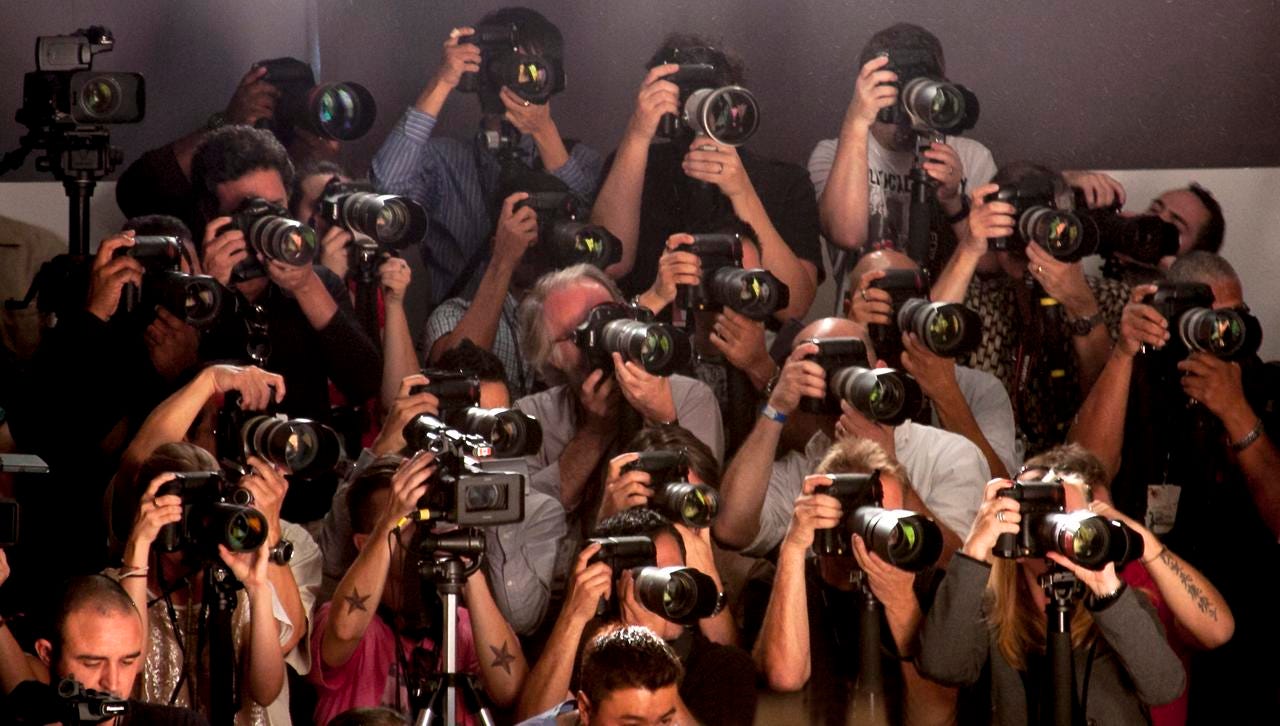Inside the War of the Fashion Bloggers
As Fashion Week cracks down on the number of bloggers invited to this once-exclusive event, a veteran pulls back the curtain on a world of web writers gone wild, from screaming matches in the photo pit to selfies with the stars.

Photos by Mariana Leung
The photographers’ pit at New York Fashion Week is a two-feet by three-feet musty trench in front of a few rows of risers. You have to pack in so tightly to accommodate everyone who needs runway pictures that veterans say, “If I can put a fist between you and I, we are too far apart.” It is the pirates crew of the fashion kingdom. Here, the biggest, burliest, most weathered cameramen rule. I am a five-foot-seven female — when I wear six-inch heels. In the pit, I wear clunky boots to protect my toes from being trampled. I’ve dodged screaming matches between photographers, as well as an avalanche of press who lost their footing and went tumbling down on the risers.
Often, to get the shot, I’ve squeezed myself between the legs of another person’s tripod while balancing my Canon EOS 50D camera. There is an unspoken etiquette among the seasoned professionals covering Fashion Week: Don’t block people. Don’t be bitchy. We all know that photographers from Getty Images an…
Keep reading with a 7-day free trial
Subscribe to Narratively to keep reading this post and get 7 days of free access to the full post archives.



